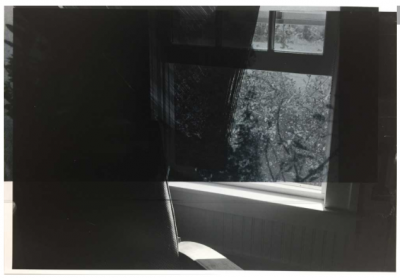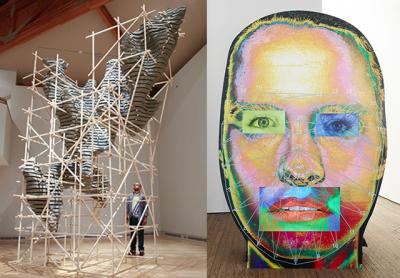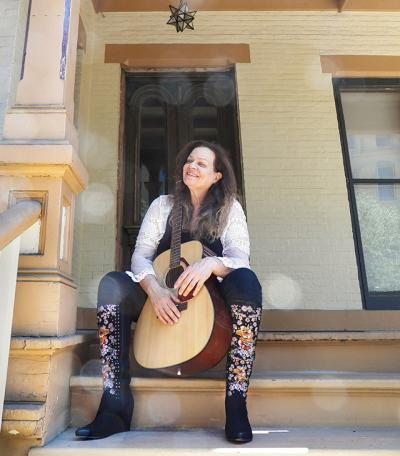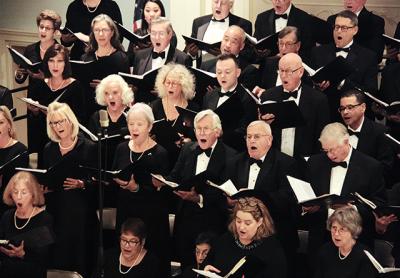At Tripoli, Disparate Parts Become a Whole
At Tripoli, Disparate Parts Become a Whole
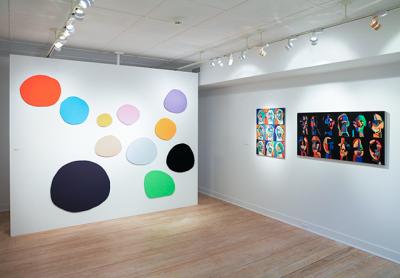
Now in its 12th year, the Tripoli Gallery “Thanksgiving Collective” has become a holiday season institution on the South Fork.
After an ambitious three-venue extravaganza last year, Tripoli Patterson has cut back the range of the show to a more manageable and intimate scale, well suited to his Southampton gallery space.
The exhibition features a mix of the work of artists associated with the gallery and some new faces: Alice Aycock, Max Blagg, Jennifer Cross, Robert Dash, Sabra Moon Elliot, Eric Freeman, Saskia Friedrich, Jeremy Grosvenor, Judith Hudson, Keith Sonnier, Susan Tepper, and Lucy Winton.
Mr. Blagg’s painted and stenciled typewriter case bottoms lead viewers into the space. The series, called “Autumn Rhythm,” refers to a painting by Jackson Pollock and contains snippets of verse such as “Tonguelashed to the masts of indifferent ships, cast up like a gift or a sacrifice” in black lettering on a matte gold background. “A loaded bough bends low, inhaling the tender mercy of November light,” keeps the mood appropriately autumnal.
Bright and acid where Mr. Blagg’s work is rich but not ostentatious, Mr. Dash’s untitled painting from 1998-99 could be anything and nothing. Although the artist is most known for his more realistic evocations of South Fork life, this is one of his non-objective works, an arrangement of yellow and orange bands interrupted by a few vertical linear blips.
Mr. Freeman’s nearby installation of small works are a study in contrasts, particularly light and shadow. The bands of color can often look like a faded madras shirt, but seem more like spliced strips of landscape or bars of light, or an electric Ad Reinhardt. On an adjoining wall, Ms. Eliot finds her own use for grids in ceramic sculptures that take the square forms and melt them into more undulating curves. Her forms can seem like a marriage of Mary Heilmann and Ray Johnson.
The trunk-like appendage of Mr. Sonnier’s stone sculpture “Tablet Diptych A” also has a resemblance to Johnson’s doodles. But his “Bua Study C” appears to be a study for one of his neon sculptures.
Ms. Aycock contributes a hand-painted inkjet print, “Timescape #2B Over Triton’s South Pole (One of Neptune’s Moons),” from 2011. It too plays in the realm of fantasy, an imagined topography activated with digitally derived colored ribbons.
The painterly allusive symbolism of Ms. Cross gives her section a spiritual presence. Each work incorporates a blue palette and uses traditional and naturalistic subjects as a starting point. Then, things get a little weird. Staircases don’t go anywhere, landscapes give rise to ghostly vegetal forms, a skull floats in the sky. Her titles, such as “Fate,” “An Ill Wind,” and “Youth and Beauty,” bring out the Symbolist intent of her work.
Ms. Cross’s subtle darkness is brought out more intensely in Ms. Hudson’s nearby watercolors of clowns. Long the vessel of inherent and mostly unintentional creepiness, her subjects look intentionally creepy with bulging eyes, running Joker-style makeup, and grim expressions. These are clowns with bodies hidden in the crawl space.
The collection of abstracted heads by Ms. Tepper could be related in some respects. Without the scary clown context, however, they are mostly neutral in their expression, when an expression can be discerned. The acid-colored planes and orbs of the faces are more like evocations of psychological states.
Rounding out this room, Ms. Winton’s fantastical landscapes on paper and an old wool tapestry seem light and fluffy, even though they too exude a vibe of something amiss, a light too vivid, or an approaching storm.
Mr. Grosvenor’s untitled sculpture, made in polyurethane and acrylic, reads as colorful, but it’s primarily black and dark gray. It is an amalgamation of stalky forms that also resemble surfboards. Only two forms painted in Day-Glo versions of green and red lend the piece a visual punch, yet the impression they leave is indelible.
Ms. Friedrich, who is in the current “Artists Choose Artists” show at the Parrish Art Museum, is represented by a large wall piece, “Rolling Stars.” Her brightly colored fabric, cut into rounded forms, may be more colorful over all than Mr. Grosvenor’s, but the piece seems subdued in contrast.
Although the show could seem like a string of unrelated quick takes, the affinities between the artists do bubble up with some contemplation. Its disparate parts work as showcases for individuality, but they eventually coalesce into a satisfying whole. It will remain on view through Jan. 30.

